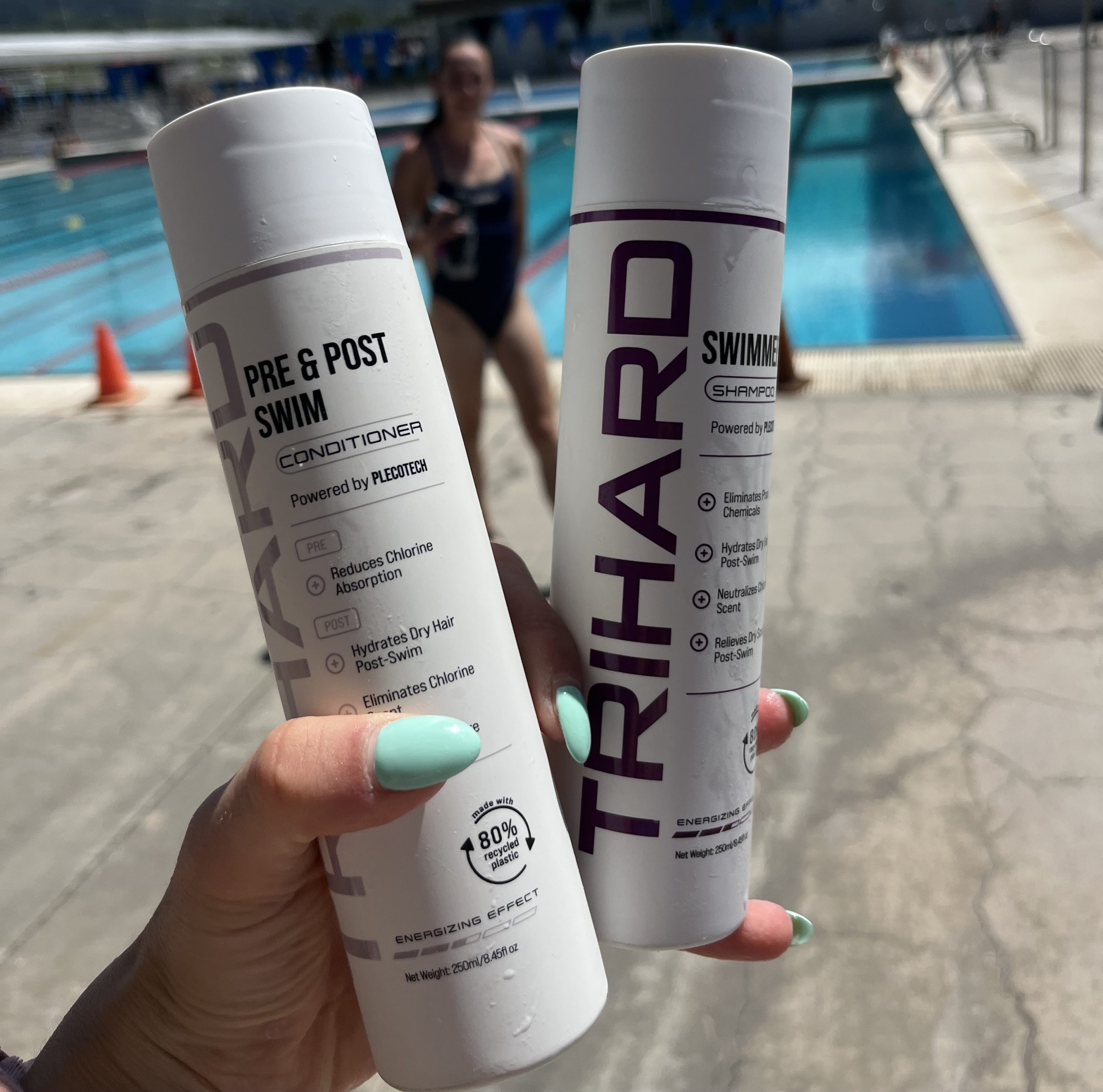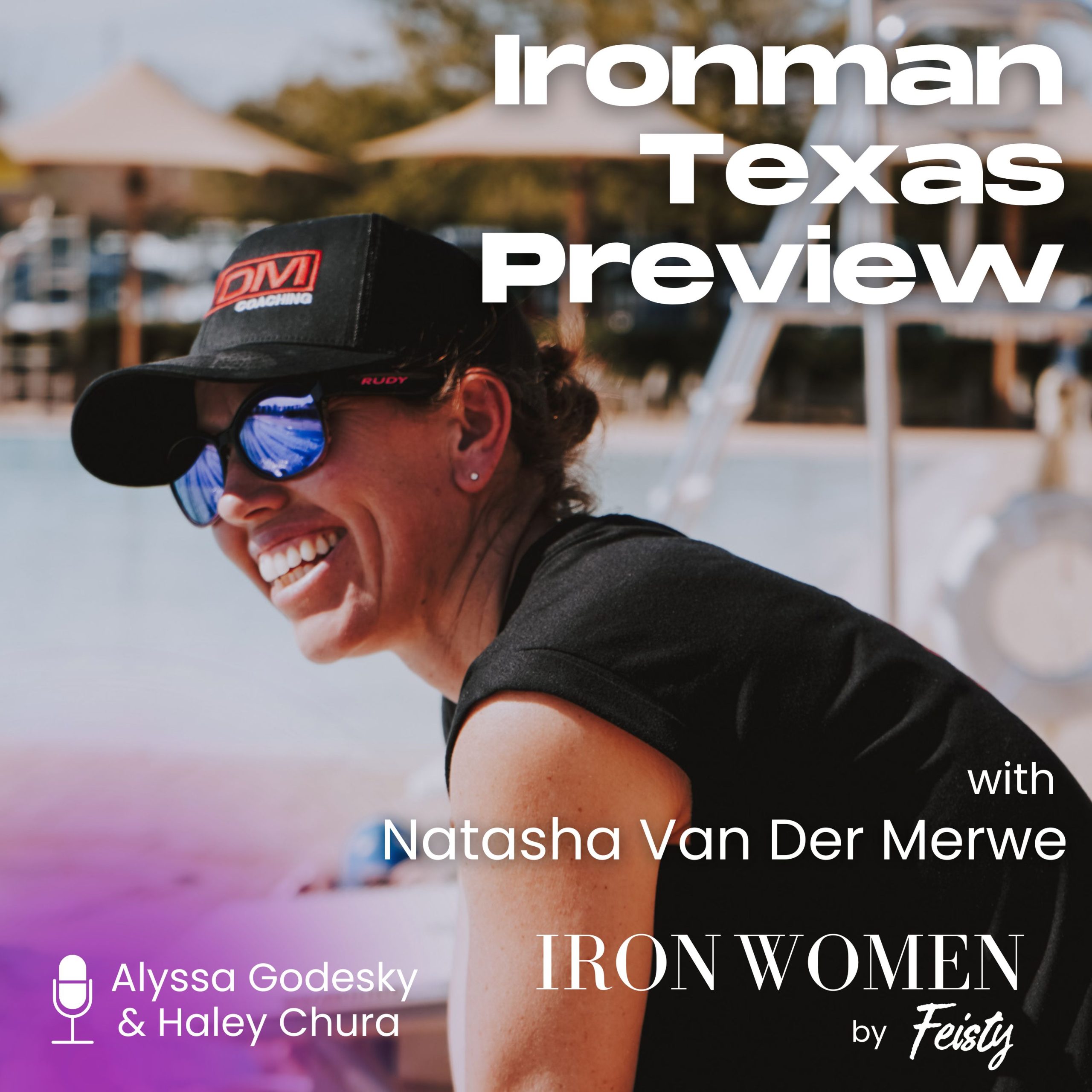August 11, 2017
Doping in Triathlon

text by Kelly O’Mara
This past weekend, Ironman announced doping sanctions for two female triathletes: Beth Gerdes and Lauren Barnett. Lauren received a six-month ban because she was able to prove to a satisfactory degree that the traces of ostarine found in her system came from contaminated electrolyte pills — a product called neurolytes from Classified Nutrition. Beth, who outlined her story in great detail in her blog, received a two-year suspension, instead of four years, after showing it was possible her ostarine positive came from contaminated salt pills (of a different brand), but not being able to prove that conclusively.
We need to stop treating doping as a moral problem and start treating it as a public health problem.
I can not speak to whether either of their stories is true — I don’t know; only they can really know. I am inclined to believe them because of specific details, but I have lots of friends who don’t believe one or both for their own specific reasons. Whether or not true, the fact that these stories are possible has worried a lot of athletes and opened up a number of questions. Maybe this will finally be the time to acknowledge we need to change how we think about anti-doping efforts.
I’ve never met Lauren, but everyone says she’s a nice person. And I know, and like, Beth. The consensus in the triathlon world seems to be they’re both good, nice people. But maybe whether someone’s a good person isn’t really the question. Maybe it’s actually only peripherally related to the question.
We need to stop treating doping as a moral problem and start treating it as a public health problem. If we reframe our thinking, then we might come up with a whole new arena of possibilities for fixing it.
We know one thing that makes it easier for athletes to dope are team and coaches or doctors that take the choices out of their hands.
We know that educational campaigns can decrease the number of sexual assaults on college campus. We know that peer groups are the biggest influencer of street drug use. We know that when anti-crime programs target the highest risk individuals to give them support and assistance, it cuts down on the number of violent gun-related crimes. We know that specific public health policies and programs, aimed at addressing why and how people make choices, can make it easier for them to make the right choice. It doesn’t mean there are not still rapists and drug cartels and bad people, but it decreases the numbers of crimes.
We could do this with doping too. We could treat it at the root, instead of just blaming individual choices after the fact.
What if when you registered as an elite triathlete, you had to go through an orientation that laid out how to check your medications and supplements for banned substances, told you what to watch out for and how testing works, and educated everyone on best practices for confirming the authenticity of your nutrition products.
I didn’t even know, until this weekend’s news, that there was a way for nutrition and supplement companies to meet international testing standards to get a stamp of uncontaminated approval. Everyone’s been saying even if Lauren’s story is true, she should have known Classified Nutrition was a sketchy company. So how was she supposed to know this? I didn’t know these things. There never was an orientation.
At the very least, this kind of education would make it harder to say you didn’t know later, it would increase confidence and clarity in the system. It would give innocent athletes more buy-in.
Why do most people dope? We know it’s because they often think (or tell themselves) everyone else is doing it. Because they don’t have faith in the system. We could make the occurrence of tests public information when they happen, while still giving athletes their rights to appeal. Therapeutic Use Exemptions (TUEs) could be in a public database, which would likely decrease the number of exemptions people ask for. There are ways to create more confidence with more transparency and clarity.
Right now, every time someone gets popped for doping, we throw up our hands and blame the individual again and again.
We know one thing that makes it easier for athletes to dope are team and coaches or doctors that take the choices out of their hands. We could, instead, have U.S. Anti-Doping Agency (USADA) accredited doctors, who would have to sign off on certain exemptions or prescriptions. We could have targeted support programs for athletes connected to coaches and squads who had previously failed doping tests, since peer group influence is one of the biggest factors in decision-making.
There are all kinds of things we could do. Some of these are terrible ideas, some might not even be possible. Other people probably have better ideas. But the important thing is changing how we think about the problem.
Right now, every time someone gets popped for doping, we throw up our hands and blame the individual again and again. Never once questioning what role the system itself plays. I don’t know if Beth or Lauren intentionally or unintentionally doped. I do know the way we’ve dealt with doping so far isn’t working. So maybe it’s time to treat the causes of the problem, not just the symptoms.


 Outspoken Women in Triathlon Summit Returns Bigger than Ever
Outspoken Women in Triathlon Summit Returns Bigger than Ever  Driving the Lamborghini: Productivity and the Power of Paper
Driving the Lamborghini: Productivity and the Power of Paper  5 take aways from the Compete Sports Diversity Summit
5 take aways from the Compete Sports Diversity Summit  Simple Tips to Hone Your Bike Handling Skills
Simple Tips to Hone Your Bike Handling Skills 


